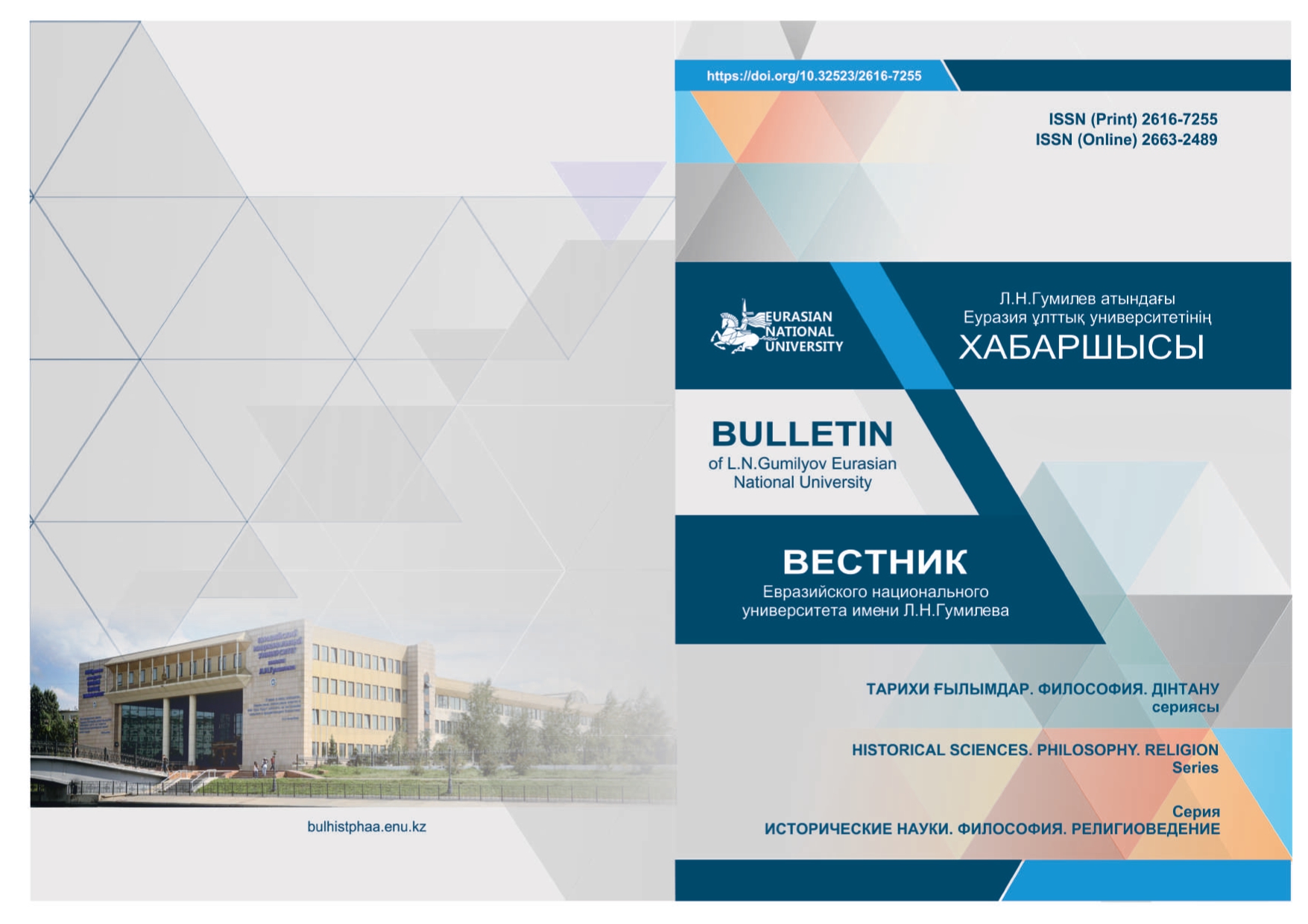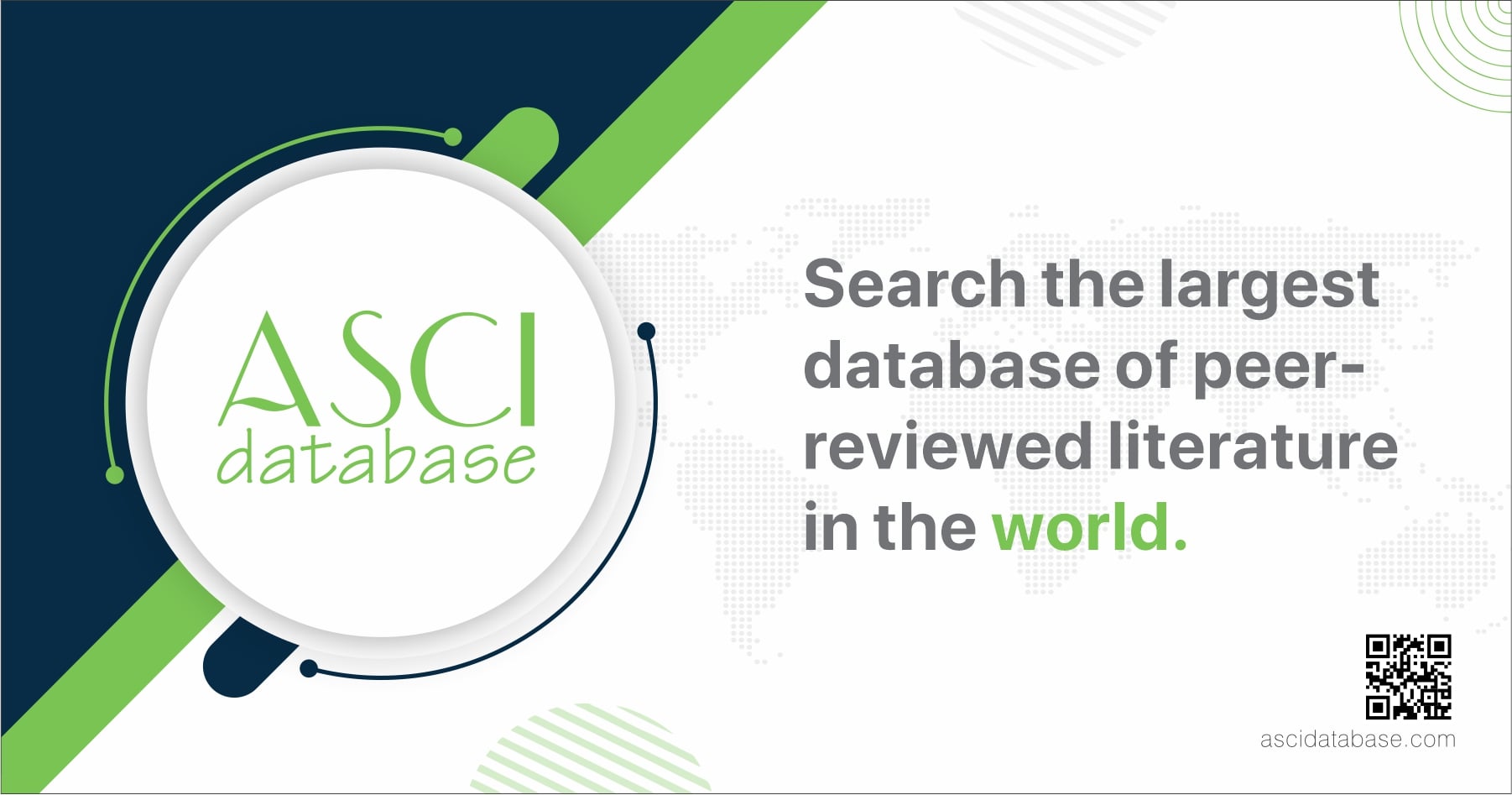The first famine in Kazakhstan under Soviet rule: historical and demographic aspects
Views: 266 / PDF downloads: 381
DOI:
https://doi.org/10.32523/2616-7255-2023-144-3-75-89Keywords:
famine; food spread; zhut, taxes; demographic crisis; uprising; population censuses.Abstract
The article is devoted to the historical and demographic review of the famine in Kazakhstan at the beginning of the twentieth century, known as the "first famine" in the Soviet period. The purpose of this article is to study the works of domestic and foreign scientists from the point of view of historical analysis, to consider approaches to the study of this problem, as well as to assess the causes and consequences of the famine of 1921-1922 from the point of view of modern research. As a research task, the authors of the article identified an attempt to identify the main causes of famine in Kazakhstan, the scale of damage and the impact of hunger on the life of the indigenous population of the country with the help of an overview historical-comparative and historical-demographic analysis. The article discusses new archival materials and the latest research by Russian scientists on the topic under study in recent years. The authors made certain conclusions regarding the fact that not all aspects of the famine of 1921-1922 were sufficiently studied, such as historical, geographical, environmental and migration consequences.
Downloads

Downloads
Published
How to Cite
Issue
Section
License
Copyright (c) 2023 Yernar U. Ustagaliyev, Duman R. Aitmagambetov

This work is licensed under a Creative Commons Attribution-NonCommercial 4.0 International License.







